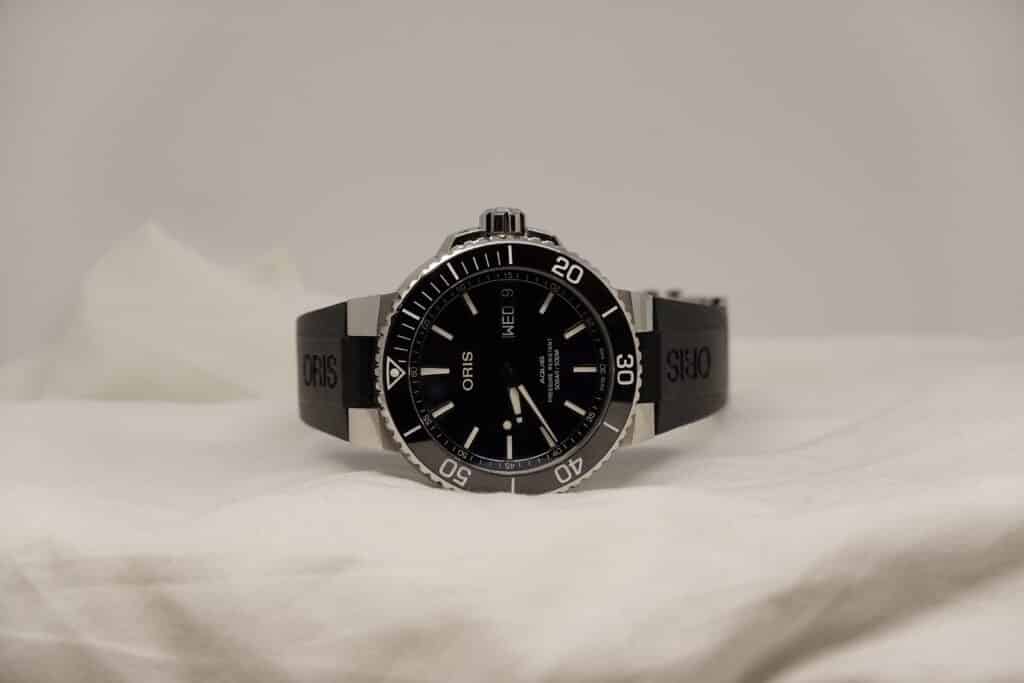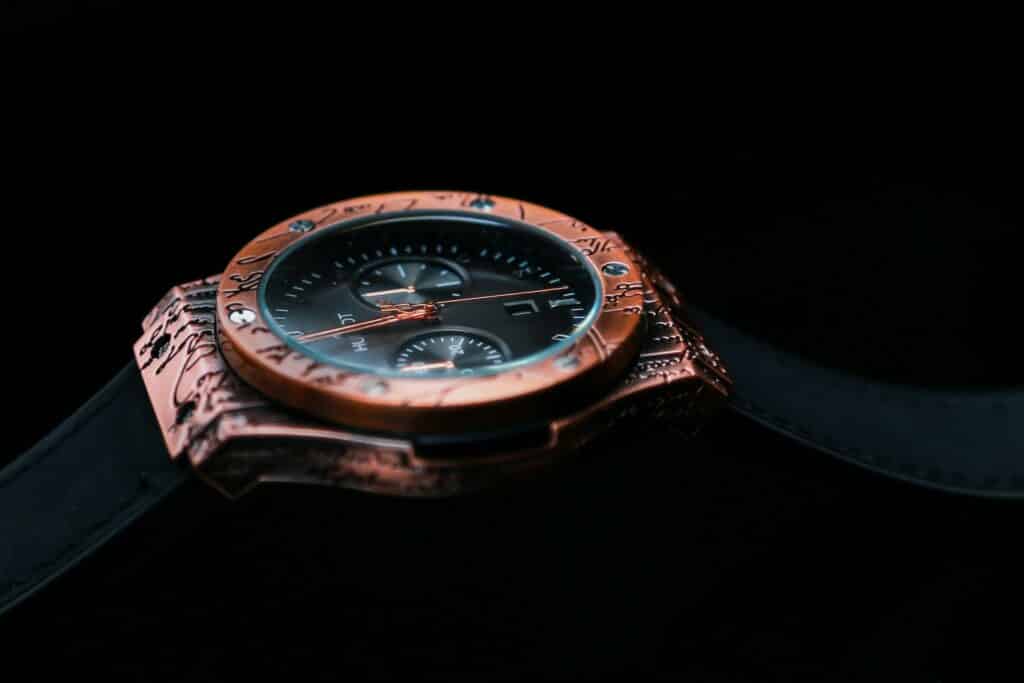Men buy more jewellery

They were associated with strength and mysticism in ancient times and during the dawn of civilizations, frequently infused with magical abilities and tied to religious beliefs. But, by investing in the expanding men’s jewelry market, what statement are male customers making now? Fine jewelry is rising as a result of the epidemic, which appears to have sparked a new taste for bold, adventurous, and individualized items.
According to market research organization Euromonitor International, the men’s jewelry industry is expected to be worth $6.5 billion in 2021, up 17% from 2020 and nearly 4% from 2019. With the exception of the pandemic aftermath, the industry has grown at a compound annual growth rate of above 3% from 2015 to 2021.
While the direct-to-consumer strategy has allowed cheap businesses to enter into the increasing men’s market, internet sellers claim that fine jewelry is the unexpectedly rising category.
According to the 20th edition of the “Luxury Goods Worldwide Market Study,” conducted by consulting firm Bain & Co. in collaboration with Italian luxury goods association Altagamma, the fine jewelry segment has been on a growth path despite the pandemic, with sales up 7% year-over-year to 22 billion euros in 2021.
Men have drawn parallels with the luxury watch market, which has long been a strong category among male buyers, with items that are frequently seen as investments. Similarly, as Min Lee, head of jewelry at Farfetch, points out, unique gemstones are in high demand. “Male clients are interested in both metals and minerals, and they are purchasing diamonds, pearls, and gemstones in sterling silver, gold, and platinum.” “It’s extremely lovely to see colorful gemstones being purchased by males now,” she remarked.
“Many clients prefer investment items when adding to their collections,” says Damien Paul, head of men’s clothing at Matchesfashion. “Jewelry is no different.” Whether a piece of jewelry is classic and understated or flashy and statement-making, men of all preferences and types are experimenting with it, certain that they will wear it for more than a season or two.”
“There were a lot of male self-gifting purchases over the last year, and I think this corresponded with talks about men’s jewelry, owing in part to ‘Normal People,'” said Christie Wollenberg, cofounder of Otiumberg. “We also saw our female consumers invest in men’s chains, which I’m sure was influenced by this series.” “Everyone wanted their partners to resemble Paul in some way,” she joked.
Building on this success, the business extended its unisex collection and experimented with personalisation to make its chains, engraved pendants, and earrings more appealing to male clients searching for classic pieces. Aside from that, retailers agreed that the rise of new notions of masculinity has pushed men to be more experimental and embrace daring pieces, such as Shay’s pavé Cuban chain link necklaces; Suzanne Kalan’s edgy rings, such as a rainbow baguette style with diamonds and sapphires; and David Yurman’s pieces combining solid 18-karat gold with white gold and diamonds.



Responses